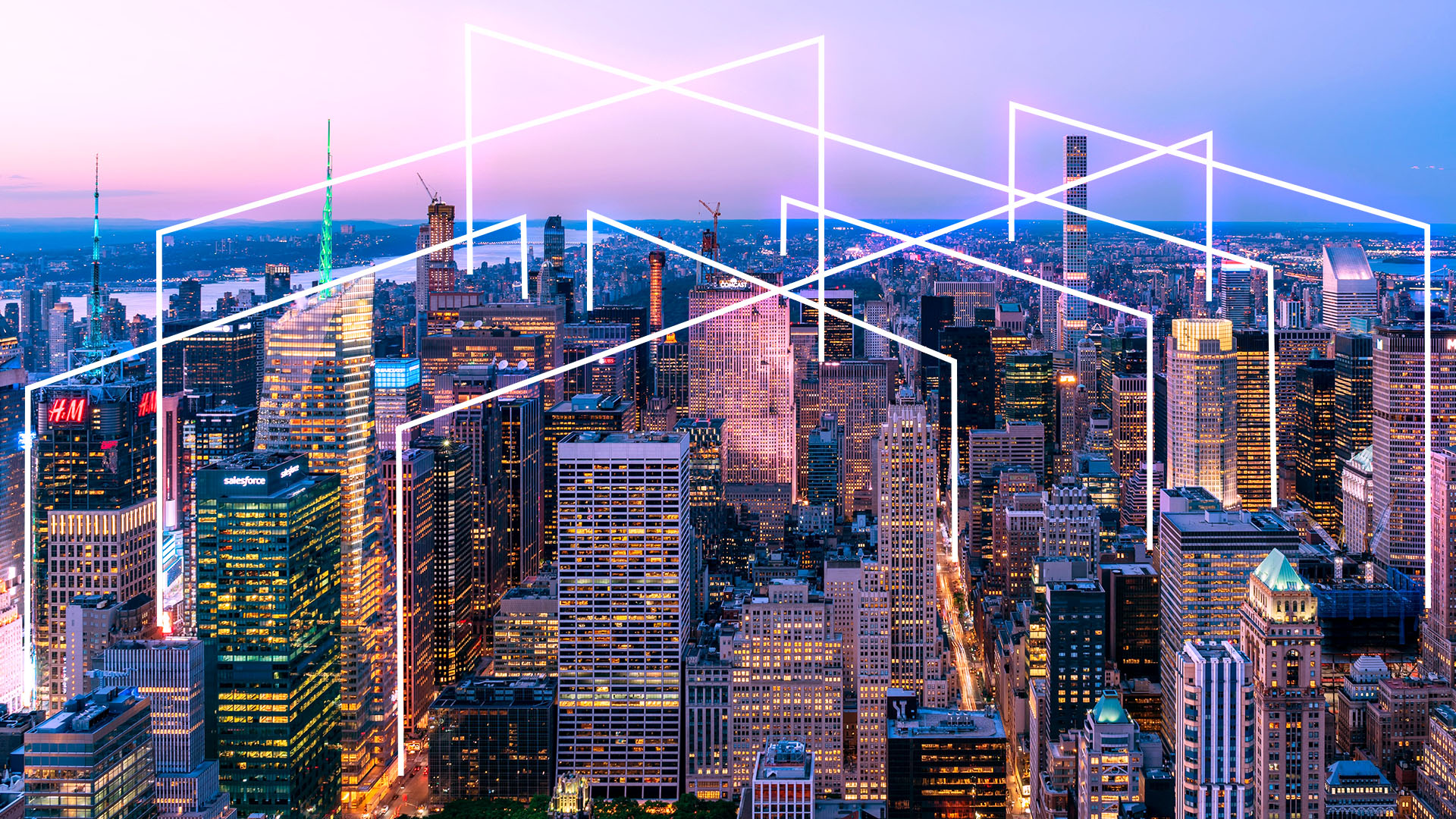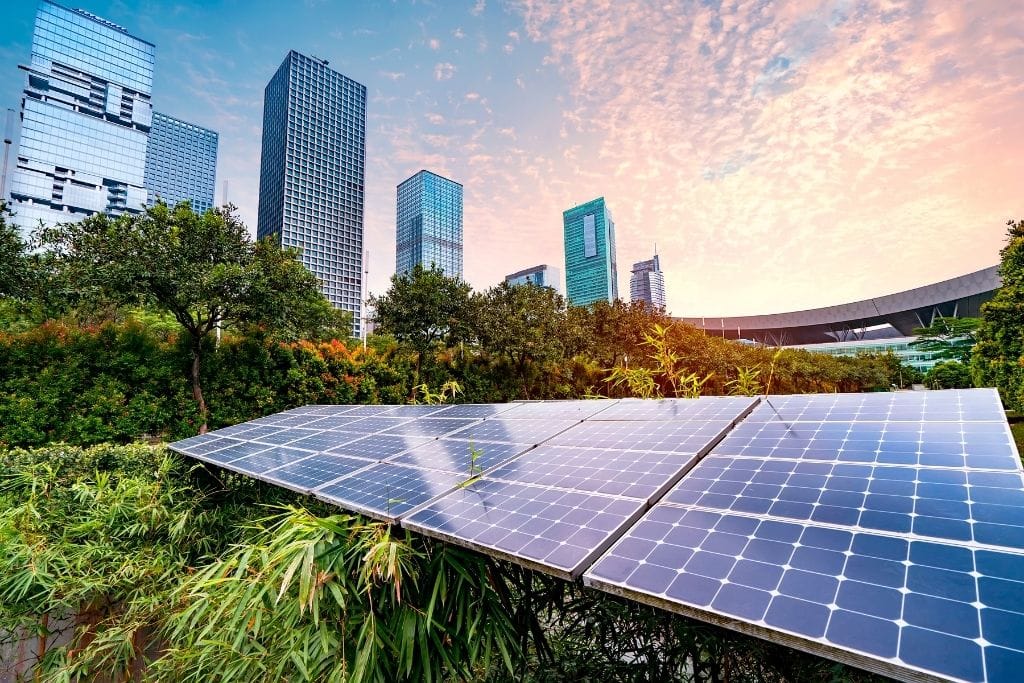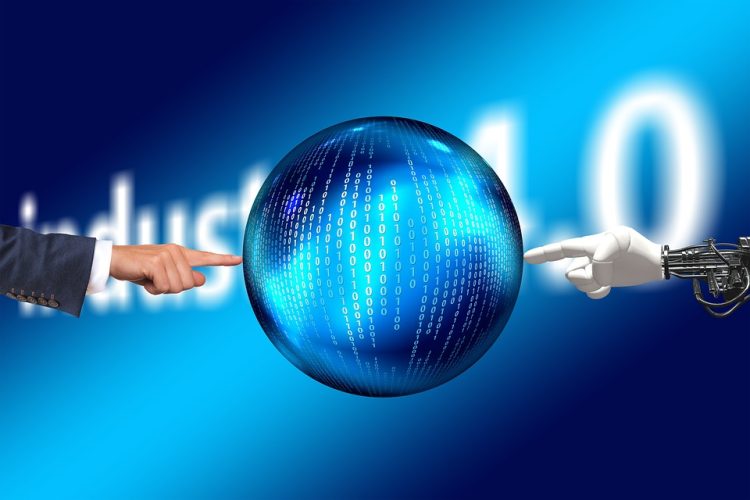In today’s world, where technology has permeated every aspect of human life, the idea of smart cities represents a profound leap forward in urban development and industrial evolution. These cities, which integrate technology to improve efficiency, sustainability, and quality of life, stand as beacons for future development. But is the future of industry really in smart cities? The answer is both yes and no, depending on how we interpret the evolving relationship between urban infrastructure, technological innovation, and industrialization.
What Are Smart Cities?
A smart city is an urban area that uses various types of electronic data collection sensors to manage assets, resources, and services efficiently. These include everything from transportation systems, energy use, and water supply to waste management, health, and education services. The core idea behind a smart city is data-driven decision making, using digital technologies to optimize city operations and improve the quality of life for residents.
At its heart, the smart city concept isn’t just about making life easier for citizens. It’s about creating an integrated ecosystem where industries, services, and technology come together to form a seamless, sustainable, and efficient living environment. These cities typically rely on Internet of Things (IoT) devices, big data, artificial intelligence (AI), and cloud computing to drive their operations.
The Evolution of Industry in Smart Cities

To understand whether the future of industry lies in smart cities, we must first examine how industries are evolving in these urban environments. Historically, industries have existed separately from urban infrastructure. Factories and manufacturing plants were built on the outskirts of cities, away from residential areas. The core industries—automotive, manufacturing, and logistics—relied on traditional models of supply chains, labor, and resource management.
However, with the rise of smart cities, a shift is occurring. Industries are increasingly integrated into the urban fabric itself. New technological advancements and urbanization trends are transforming industrial sectors, turning them into agile, data-driven ecosystems that are better integrated with the digital world.
1. Industry 4.0: The Digital Revolution
The fourth industrial revolution, or Industry 4.0, is central to the transformation of industries within smart cities. This phase is characterized by the integration of advanced technologies such as robotics, AI, IoT, and automation into industrial processes. It’s also about interconnectedness—where machines, systems, and people communicate seamlessly to optimize production processes.
In a smart city, the role of Industry 4.0 becomes even more pronounced. Cities are becoming the perfect environments for data-driven industries. Consider how smart factories within smart cities use real-time data to optimize production lines, manage inventory, and predict maintenance needs before equipment fails. This leads to greater efficiency, productivity, and sustainability.
For example, smart grids—systems that manage the distribution of electricity—can communicate with energy-consuming devices in homes and factories to optimize energy use. Similarly, in a smart city, a manufacturing plant might draw power only when demand is low, significantly reducing operational costs.
2. Urban Logistics: A Game-Changer for Industrial Movement
Logistics, one of the largest industrial sectors globally, is undergoing a dramatic transformation in smart cities. The conventional logistics systems, which were slow and costly, are being replaced by highly efficient automated, data-driven transportation networks.
Smart cities integrate various transportation modes—self-driving cars, drones, autonomous trucks, and electric vehicles—into a single digital platform, streamlining the movement of goods. These connected systems can optimize delivery routes in real time, reduce traffic congestion, and lower the carbon footprint of transportation.
For instance, warehouse automation powered by AI and IoT sensors allows for real-time inventory tracking, reducing errors and improving the speed of goods movement. Smart city infrastructure further supports the movement of goods, ensuring timely and efficient deliveries to every part of the city.
3. Sustainability: The Industrial Green Revolution
One of the most exciting opportunities within smart cities is the potential for sustainable industries. As industries are increasingly held accountable for their environmental impact, the move toward sustainable technologies is becoming a central part of industrial evolution.
In a smart city, industries can leverage renewable energy sources like solar and wind, combined with AI-powered energy management systems, to reduce energy consumption and carbon emissions. For instance, factories and office buildings in smart cities may use solar panels on rooftops, or integrate geothermal energy and smart heating solutions to reduce reliance on non-renewable energy sources.
Additionally, industries are turning to circular economies—a model in which waste is minimized, and products are continually reused or repurposed. In smart cities, waste management systems powered by IoT and AI can help track and sort waste, making recycling more efficient. This not only benefits the environment but also creates new business opportunities for industries involved in waste management and recycling.
The Role of Startups in Smart City Industrial Development
Smart cities are fertile grounds for innovation, and startups play a key role in pushing the boundaries of industrial development. Unlike traditional industries, startups in smart cities are agile, often operating in niches such as green tech, fintech, or AI-driven industries.
Startups in smart cities leverage cutting-edge technologies to provide novel solutions to urban problems. These industries—ranging from urban farming (using IoT to optimize food production) to smart buildings (which use sensors to optimize energy consumption)—are redefining what industries in cities can look like.
For example, companies like Urban Future Lab are helping build the next generation of energy-efficient buildings. These startups aren’t just providing products—they’re contributing to a new industrial ecosystem that is sustainable, decentralized, and more closely linked to the people who live in these cities.
The Intersection of Smart Cities and Smart Industries

At the intersection of smart cities and smart industries lies a concept known as the smart industrial ecosystem. Smart industries aren’t just about smart factories or green energy. They are about creating a highly efficient, interconnected ecosystem that connects industries with city infrastructure to achieve greater synergies.
This includes everything from the construction of smart buildings that optimize lighting and heating to the introduction of AI-driven traffic management systems that reduce delays and increase productivity. It also extends to the development of data platforms that allow industries to exchange valuable insights, leading to smarter decision-making.
The digitalization of industries in smart cities opens the door for real-time data exchange between sectors, such as manufacturing, healthcare, and transportation, ultimately driving innovation, improving operational efficiency, and reducing costs.
Challenges to Overcome
While the potential of smart cities to revolutionize industry is clear, there are several challenges to be addressed:
- Data Privacy and Security: With the integration of IoT devices, sensors, and AI into every facet of industry and city life, safeguarding data is a critical concern. Industries must ensure that sensitive data, both personal and corporate, is protected against cyber threats.
- Infrastructure Investment: Building the necessary infrastructure for a smart city is capital-intensive. It requires significant investment in both digital and physical infrastructures like high-speed internet, advanced power grids, and connected transport systems.
- Interoperability: For industries to benefit from the smart city ecosystem, different technologies, systems, and platforms must work together seamlessly. Achieving interoperability between legacy systems and new smart technologies is an ongoing challenge.
- Social Equity: As smart cities grow, it’s essential to ensure that the benefits of technological advancements are distributed equitably among all residents. Ensuring access to smart services like healthcare and education must be a top priority to avoid deepening social divides.
Conclusion: The Future of Industry in Smart Cities
The future of industry lies undoubtedly in the fusion of smart technologies and urban development. Smart cities offer a comprehensive platform for industries to thrive, fostering innovation, efficiency, and sustainability. Through the integration of Industry 4.0, green technologies, and digitalization, smart cities can unlock unprecedented industrial potential.
However, the transformation of industries within smart cities is not without challenges. Addressing data security, investment needs, and interoperability will be critical to ensuring that smart cities can meet their full potential. As the technologies continue to mature, the role of industry in shaping the future of smart cities will become even more profound.
The key to success will be an ecosystem that connects industries with citizens, promotes collaboration, and encourages innovation. The future of industry isn’t just about making smarter cities—it’s about making smarter industries that contribute to the well-being of everyone who calls those cities home.











































